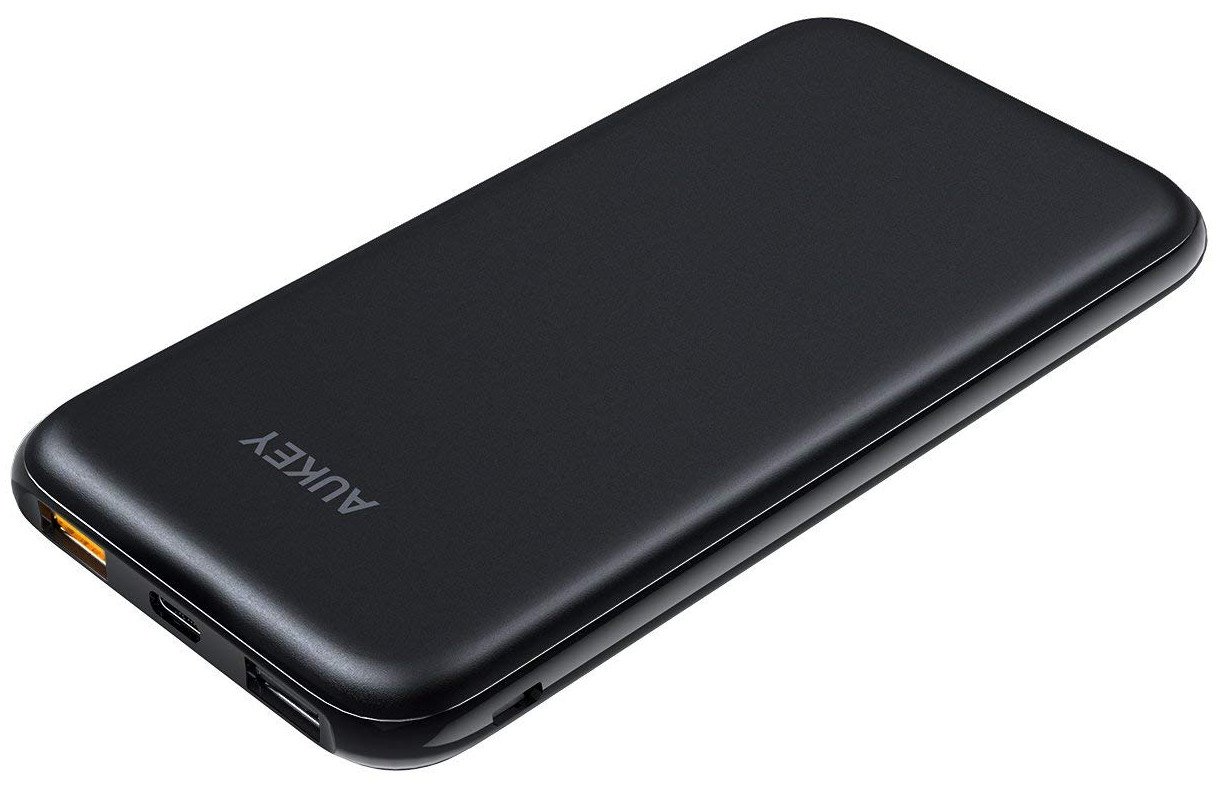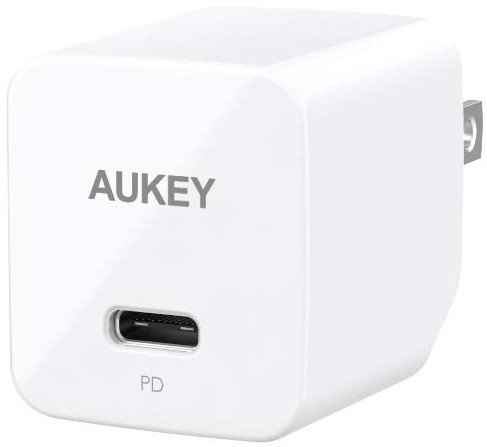Google has, once again, changed its navigation system. Android Q introduces an entirely gesture-based navigation that's different from what came with Android 9 Pie, but it isn't actually turned on by default. If you want to give the new system a try and get prepared for the future of Android navigation, you have to go enable it. Thankfully, it takes only a moment.
How to turn on Android Q gesture navigation
- Go into Settings, scroll down and tap on System.
- Tap on Gestures.
-
Tap System navigation.
- Choose Fully gestural navigation
- After a brief pause, the navigation will change at the bottom of the screen.
- Swipe up in the center of the bottom of the screen to go to the home screen.
You can always go back to the Android 9 Pie-style two-button gesture navigation by returning to the same settings. And in the Android Q beta, at least, you can even choose the legacy three-button navigation system.
How to use Android Q gestures
Once you enable the gesture navigation, you'll realize that it isn't particularly intuitive — or, at least, it's dramatically different than any other Android phone. Here are the basics.
- To go home, you can always swipe up in the center of the bottom of the screen. If your phone is in landscape, that means you're swiping up on the long edge that is now the "bottom" of the phone.
- To multitask, swipe up shortly and hold your finger on the screen for a moment — this will open up a familiar horizontal scrolling card interface for apps. You can swipe up on the suggested apps at the bottom of the screen to launch the full app drawer.
- To quickly switch apps, do the same short swipe up and hold, but combine it with sliding your finger either left or right to the edge of the screen. You'll move one app forward or backward in your list of recently-used apps, just like quickly swiping on the home button in Pie or double-tapping the recents button in previous versions of Android.
- To go back in any app or situation where you'd normally hit the back button, you can now swipe in from either the left or right edge of the screen — they both perform the exact same action. This is applicable for going back to a previous page in an app, but also to drop items you've selected, close folders or anything else that would normally use the back button.
- Yes, the back gesture is going to interfere with apps that use a slide-in drawer, as the gesture takes priority over any specific app interface. App developers are being encouraged to introduce exclusion zones in their apps where an edge gesture will be preferred over the system-level back gesture, but that will take some time.
Keep your Pixel powered up
AUKEY 10,000mAh Power Bank with 18W USB-C and Quick Charge 3.0
Aukey's 10,000mAh power bank can charge the Pixel 3a at top speed thanks to 18W Power Delivery charging, which can also recharge the power bank at the same speed.
Anker Powerline+ C to C 2.0 Cable (6ft)
Anker's 6-foot C-to-C cable is braided nylon for durability and flexibility, ready and able to charge your Google Pixel 3a with plenty of cord to spare for hidden or awkward outlets.
AUKEY 18W Power Delivery USB-C Charger
The charging speed on this tiny little Power Delivery charger is 18W, making it just perfect for the Pixel 3A, and given that's it's the size of a ping pong ball, it's easy to pocket and carry.





Post a Comment